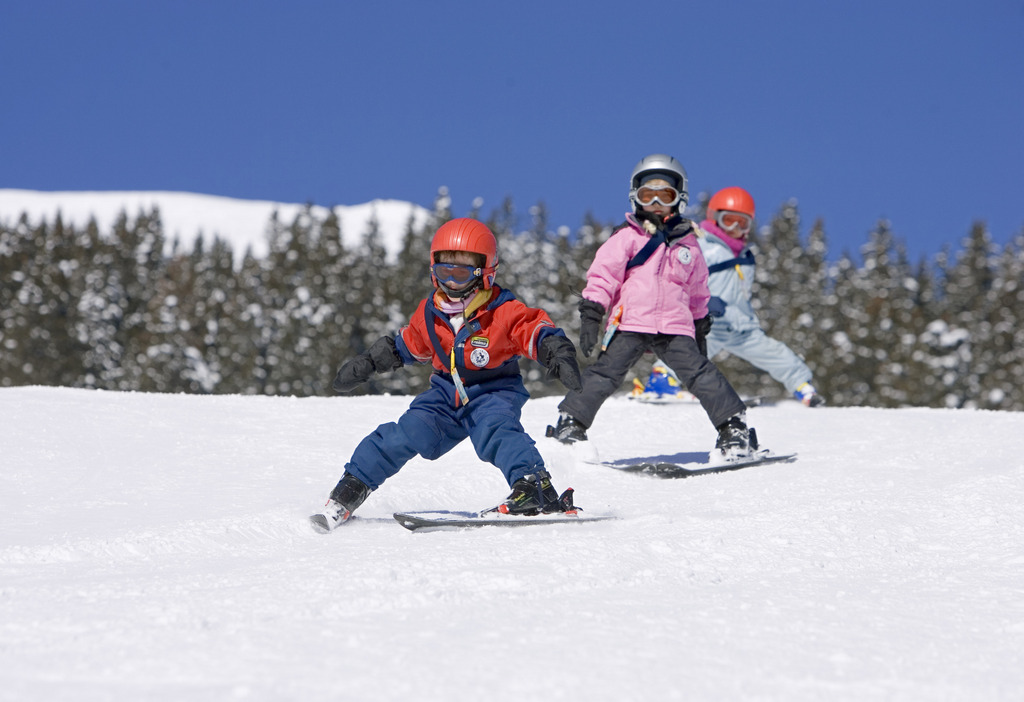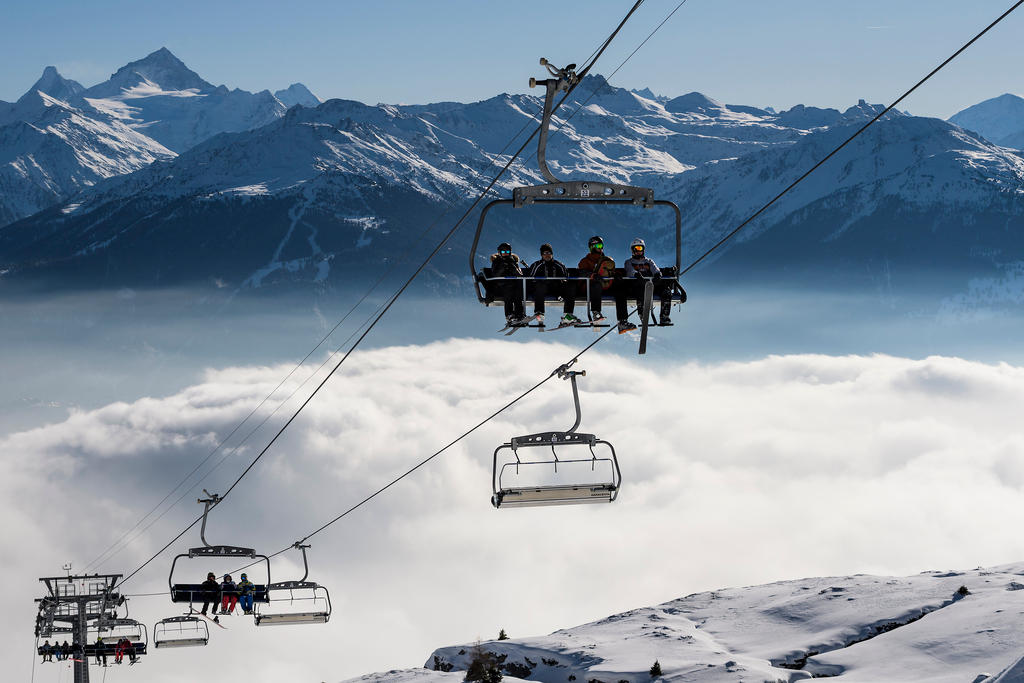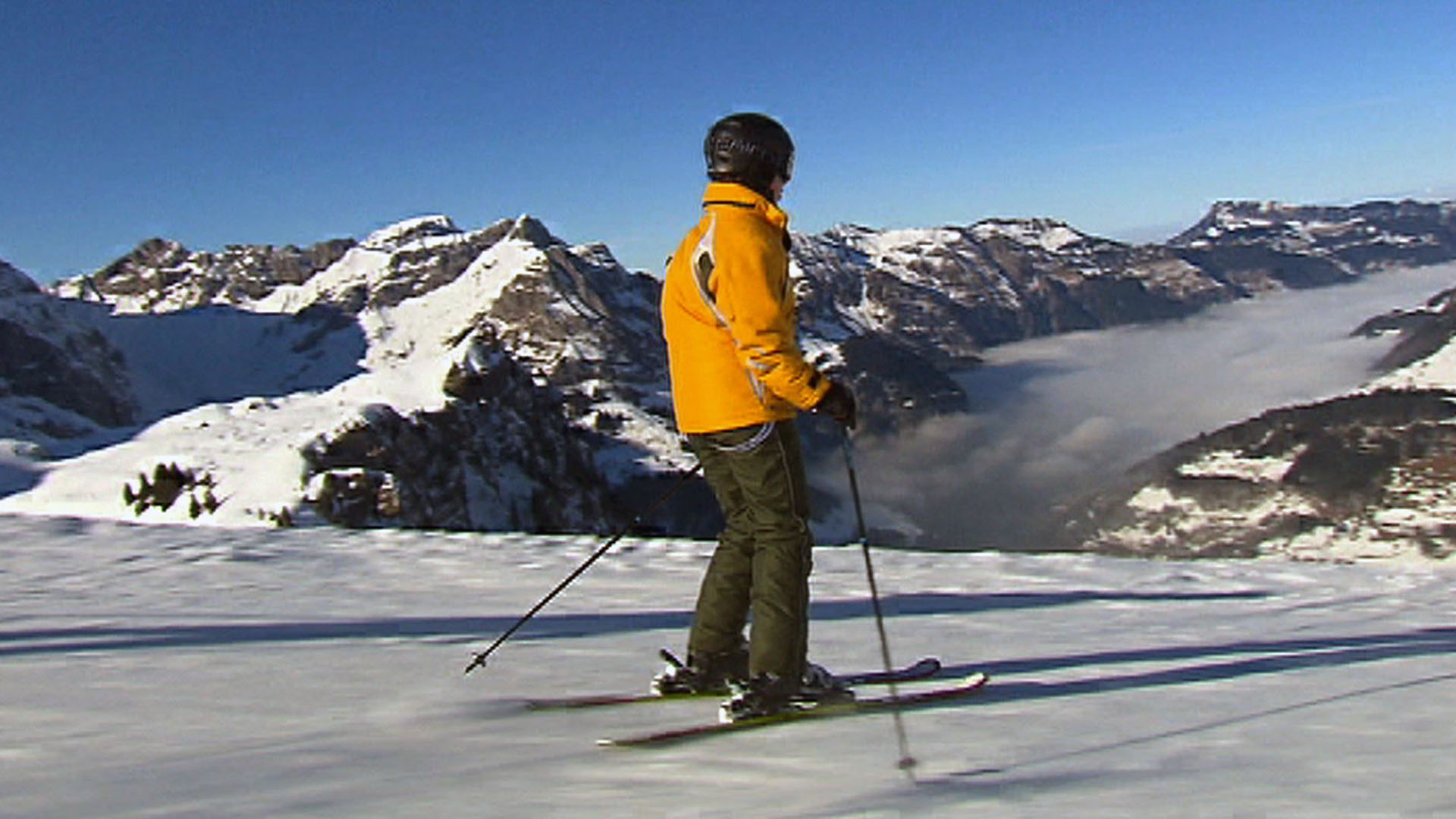Younger skiers slip away from the Alpine slopes

Juggling two pairs of skis and a toddler for an after-lunch run down the slopes in the French Alpine village of Megève, a friend quips that, by now, technology innovators should have found an easier way to ski. Surely, she says, this is an industry ripe for disruption.
Leisurely skiers like me would agree, even though, in reality, new technology has changed the sport, giving us parabolic and lighter equipment, comfier and warmer boots, faster and safer lifts, and plenty of artificial snow production to make up for poor weather. There is further disruption on the way, but it is driven less by technology than demographics.

More
Financial Times
External linkThe industry, it seems, is having its moment of existential angst. There has been more than enough snow in the Alps this year to make one forget about global warming, but the long-term threat of climate change to winter sports is here to stay.
More pressing, though, is that baby boomers – the most enthusiastic skiers – are ageing and are not being replaced as rapidly by a younger generation as attached to the sport.
Younger skiers tend to be more fickle: they want variety and more entertainment, shorter stays and more adventure. They also have fewer financial means for expensive pleasures like skiing.
“Baby boomers were big on skiing,” Laurent Vanat, a Switzerland-based consultant who publishes an international report on snow and mountain skiing, tells me. “When they were learning to ski, there wasn’t much competition and it was more encouraged than today.”

More
Youth ski decline threatens future of sector
Swiss fall
Worldwide numbers of skiers are holding up or showing a slight increase, largely thanks to emerging destinations such as China. But in the Alps, the biggest market, the trend in recent years has not been encouraging.
The data are not always reliable but, according to Vanat, Switzerland has seen the sharpest fall in the number of skier visits (people skiing for a day), down from 29 million in the 2008-09 season to 21.6 million last year. In France, meanwhile, the decline is more recent: there were 51 million skier visits in the 2016-17 season compared with 54 million in 2012-13.
Not that I’m complaining. In Megève over the past few years, I’ve noticed shorter queues at ski lifts, better food in restaurants on the pistes and a lot more après ski. Admittedly, Megève has always been a popular après-ski destination but, across the Alps, resorts have been adapting to the changing demographics with better service and more diversification.
If you’re not a dedicated skier or don’t want to ski at all, there’s much more to do in the resorts. Some stage music festivals during the season. Others are thinking beyond skiing and turning themselves into summer destinations for mountain biking.
Chinese solution
Perhaps the solution to the demographic problem is the Chinese pilot who sat next to me on the chair lift. He was part of a small group of Chinese skiers I came across while in Megève.
We chatted about China’s new love for skiing, a passion decreed from the top. The sport is popular with pilots who travel around the world, my new companion told me, but is only now catching on more widely across the nation.
Since Beijing was awarded the 2022 Winter Olympics, President Xi Jinping has set out to build a ski industry and encourage his compatriots to take up the sport. As with so many things Chinese, the ambition is huge. China wants to have 300 million skiers by 2030, from five million today. That there isn’t a lot of snow in much of China does not appear to be an obstacle: the world’s largest indoor ski resort opened last year in the north-eastern city of Harbin.
How many Chinese will travel to the Alps, however, is an open question. “There were huge expectations that the Chinese would compensate for baby boomers but now the expectations are more realistic,” says Vanat. “It’s a growing number but still limited and it will remain limited.”
The big winner of the Chinese boom will be the top end of the market. Like Russian tourists in the Alps, whose numbers were always small but whose wallets were deep, Chinese skiers will be a welcome boon to luxury resorts – but they may add little to the rest of the industry.
Copyright The Financial Times Limited 2018

In compliance with the JTI standards
More: SWI swissinfo.ch certified by the Journalism Trust Initiative













You can find an overview of ongoing debates with our journalists here . Please join us!
If you want to start a conversation about a topic raised in this article or want to report factual errors, email us at english@swissinfo.ch.